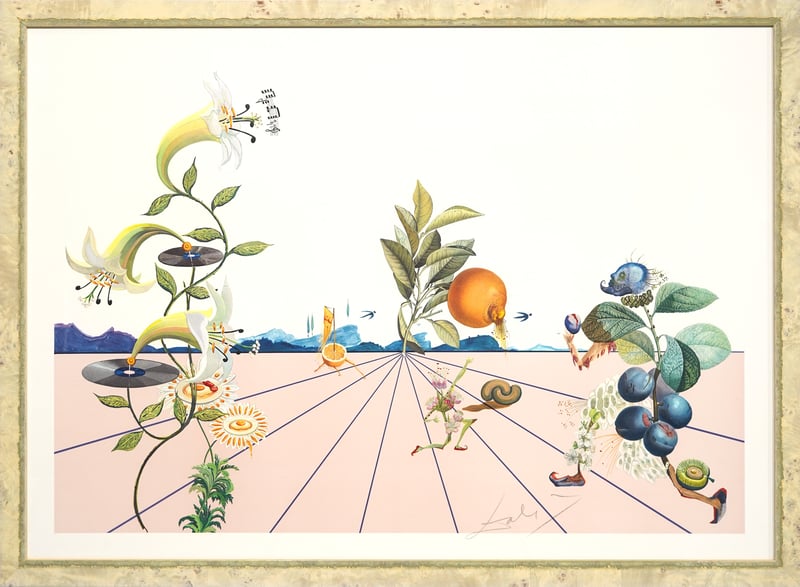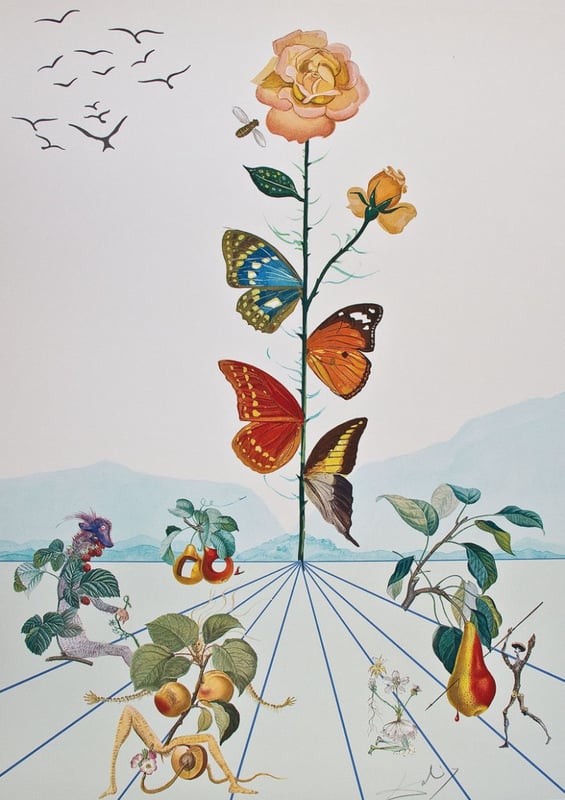Salvador
DALI
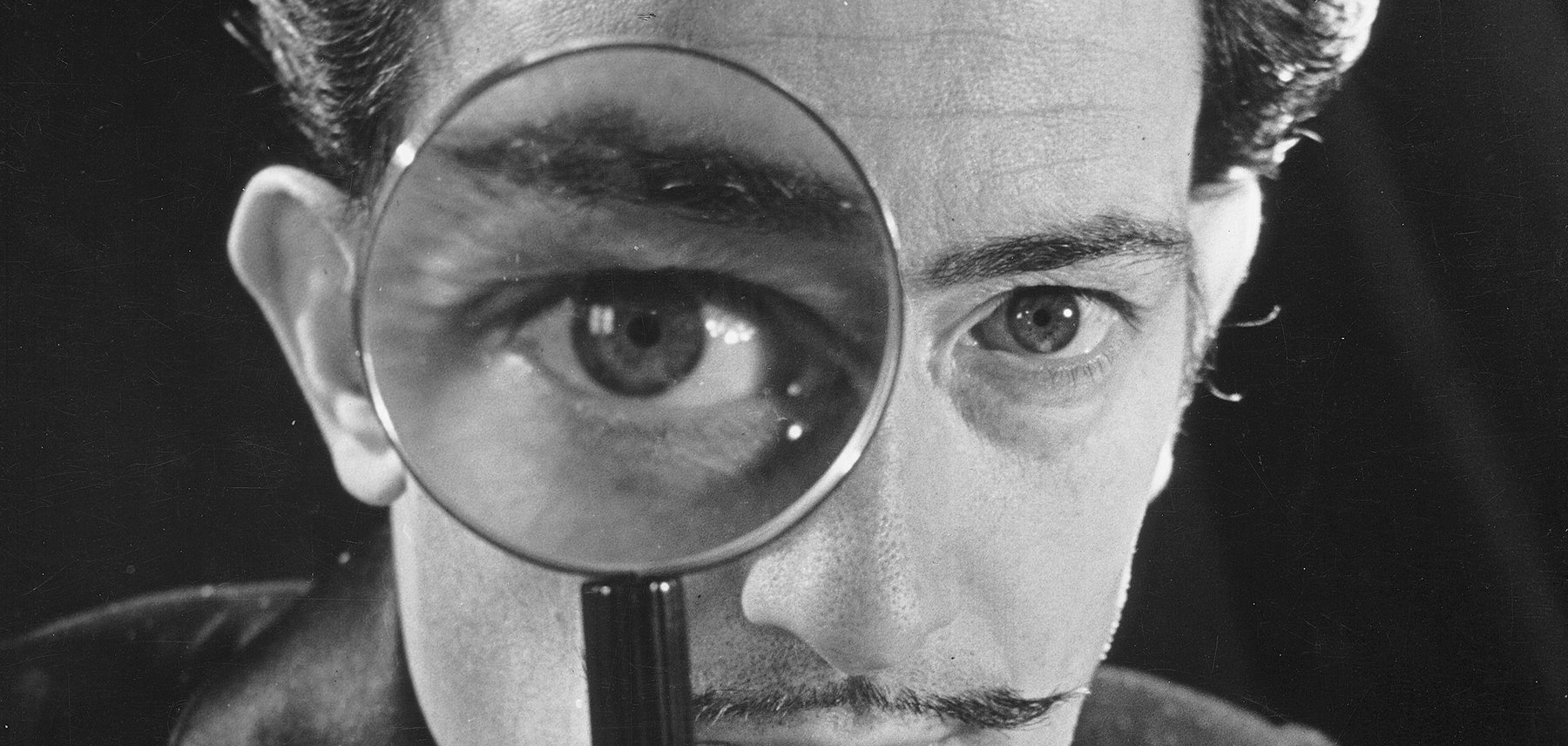
Biography
The son of a prosperous notary, Dalí spent his boyhood in Figueres and at the family's summer home in the coastal fishing village of Cadaques where his parents built his first studio. As an adult, he made his home with his wife Gala in nearby port Lligat. Many of his paintings reflect his love of this area of Spain.
The young Dalí attended the San Fernando Academy of Fine Arts in Madrid. Early recognition of Dalí's talent came with his first one-man show in Barcelona in 1925. He became internationally known when three of his paintings, including the basket of bread (now in the museum's collection), were shown in the third annual Carnegie international exhibition in Pittsburgh in 1928.
The following year, Dalí held his first one-man show in Paris. He also joined the Surrealists, led by former dadaist André Breton. That year, Dalí met Gala Eluard when she visited him in Cadaques with her husband, poet Paul Eluard. She became Dalí's lover, muse, business manager, and chief inspiration.
Dalí soon became a leader of the surrealist movement. His painting, The Persistance Of Memory, with the soft or melting watches is still one of the best-known surrealist works. But as the war approached, the apolitical Dalí clashed with the surrealists and was "expelled" from the surrealist group during a "trial" in 1934. He did, however, exhibit works in international surrealist exhibitions throughout the decade. But by 1940, Dalí was moving into a new type of painting with a preoccupation with science and religion.
Dalí and Gala escaped from Europe during World War II, spending 1940-48 in the United States. These were very important years for the artist. the Museum of Modern Art in New York gave Dalí his first major retrospective exhibit in 1941. This was followed in 1942 by the publication of Dalí's autobiography, the Secret Life of Salvador Dalí.
As Dalí moved away from surrealism and into his classic period, he began his series of 19 large canvases, many concerning scientific, historical or religious themes. Among the best known of these works are The Hallucinogenic Toreador, and The Discovery of America By Christopher Columbus in the museum's collection, and The Sacrament Of The Last Supper in the collection of the National Gallery in Washington, D.C.
In 1974, Dalí opened the Teatro Museo in Figueres. This was followed by retrospectives in Paris and London at the end of the decade. After the death of his wife, Gala, in 1982, Dalí's health began to fail. It deteriorated further after he was burned in a fire in his home in Pubol in 1984. Two years later, a pace-maker was implanted. Much of this part of his life was spent in seclusion, first in Pubol and later in his apartments at Torre Galatea, adjacent to the Teatro Museo. Salvador Dali died on January 23, 1989 in Figueres from heart failure with respiratory complications.
As an artist, Salvador Dalí was not limited to a particular style or media. The body of his work, from early impressionist paintings through his transitional surrealist works, and into his classical period, reveals a constantly growing and evolving artist. Dalí worked in all media, leaving behind a wealth of oils, watercolors, drawings, graphics, and sculptures, films, photographs, performance pieces, jewels and objects of all descriptions. as important, he left for posterity the permission to explore all aspects of one’s own life and to give them artistic expression.
Whether working from pure inspiration or on a commissioned illustration, Dalí's matchless insight and symbolic complexity are apparent. Above all, Dalí was a superb draftsman. His excellence as a creative artist will always set a standard for the art of the twentieth century.
Artworks
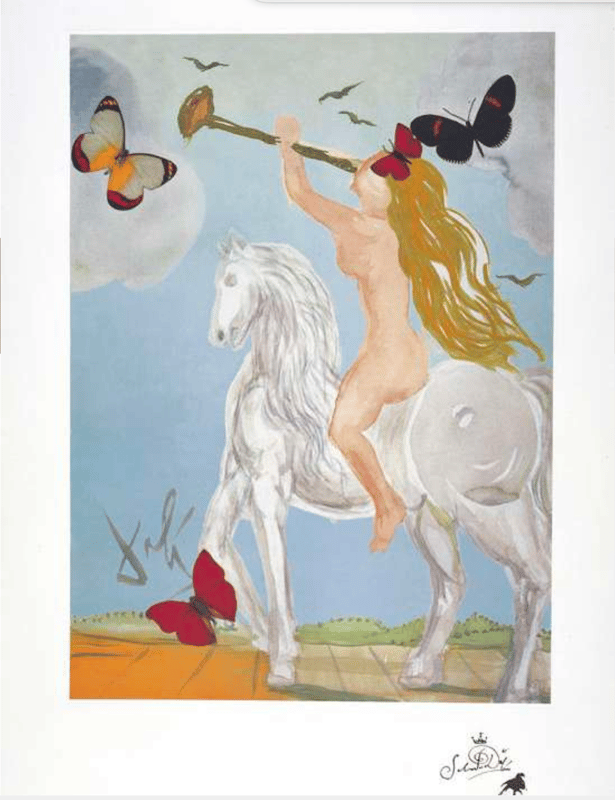
Multi-coloured lithographic printe - Limited edition of 500 ex. + 50 EA on three different papers - numbered in pencil, stamped and signed
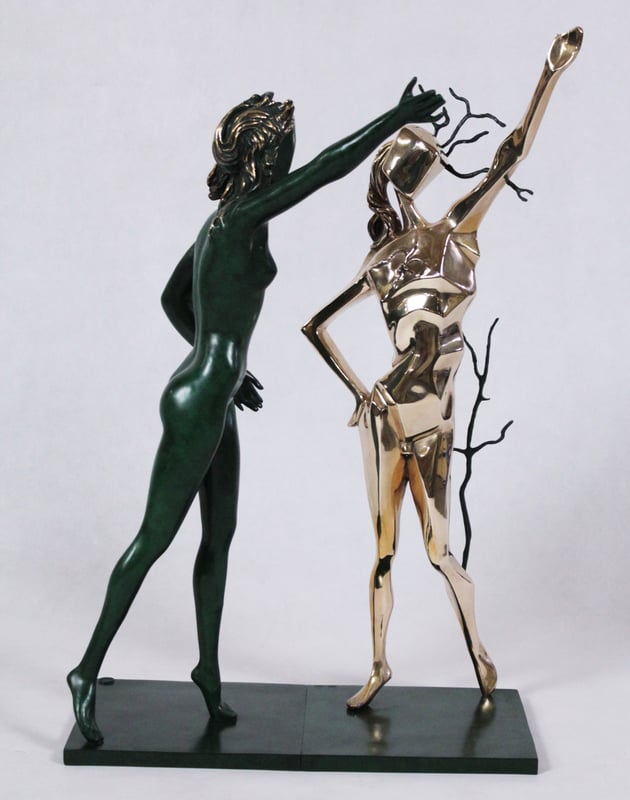
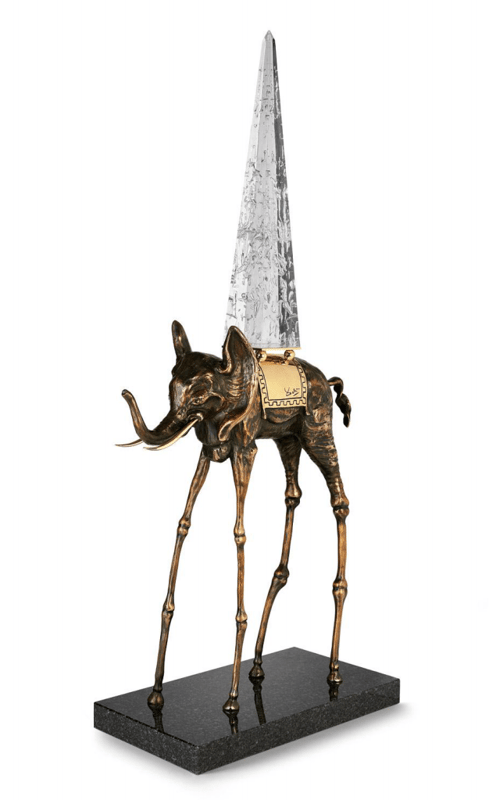
Bronze sculpture - lost wax process - Limited edition of 350 ex. + 35 EA

Bronze sculpture - lost wax process - Limited edition of 350 ex. + 35 EA

Bronze sculpture - lost wax process - Limited edition of 350 ex. + 35 EA
Contact
This work interests you ?
Do not hesitate to contact us for any inquiries.


